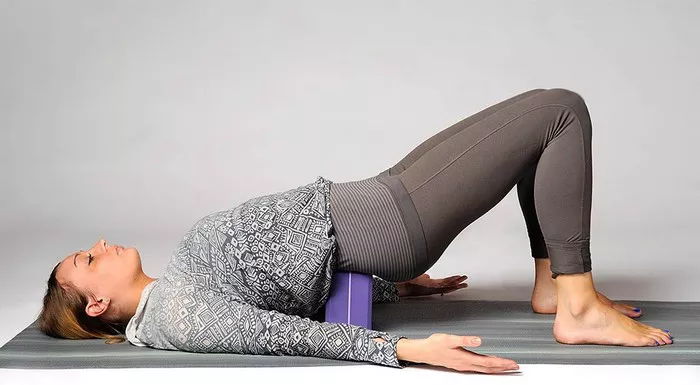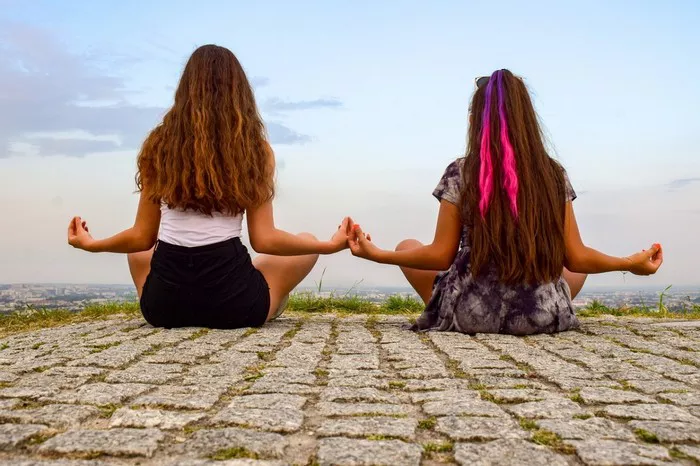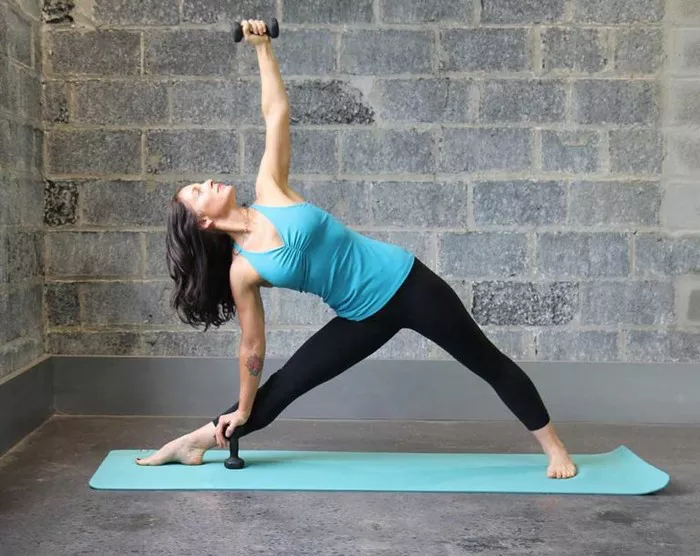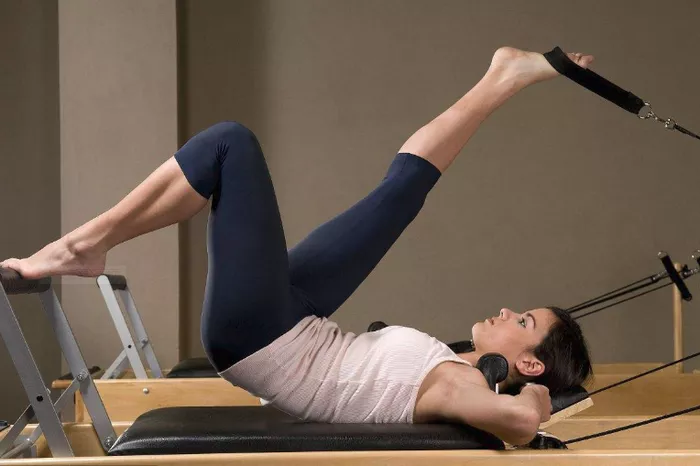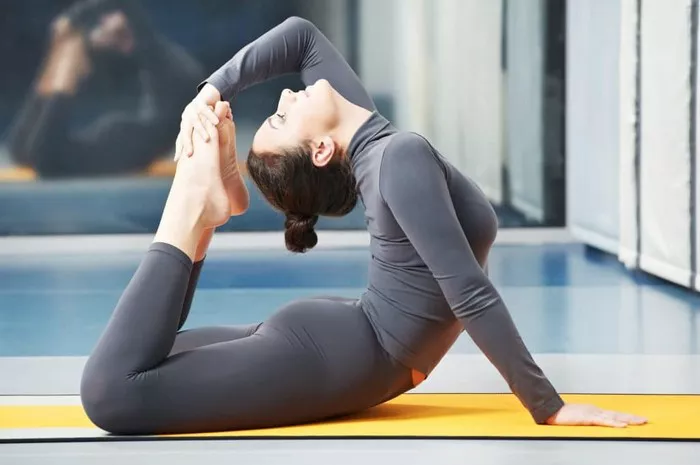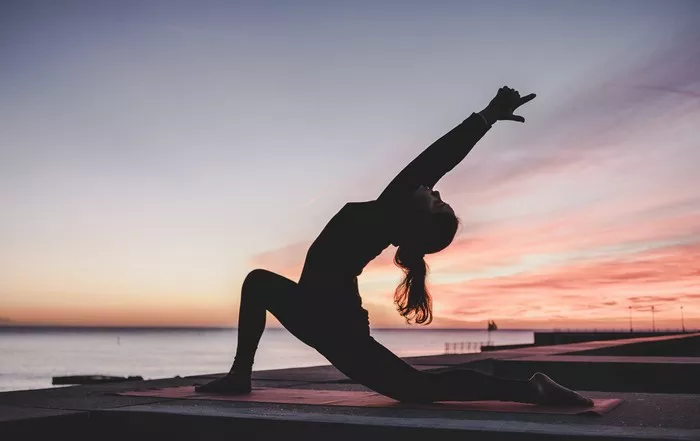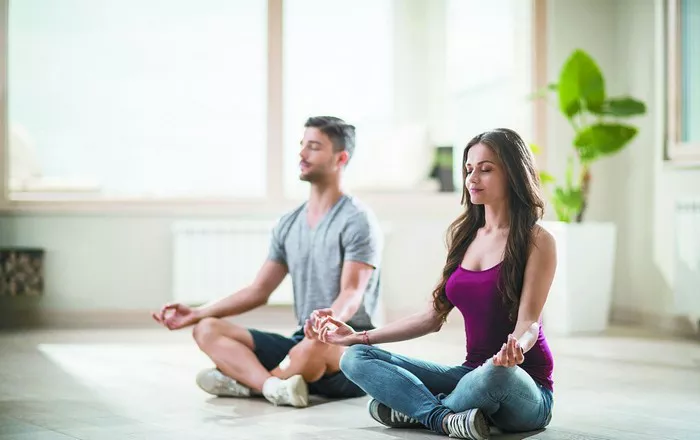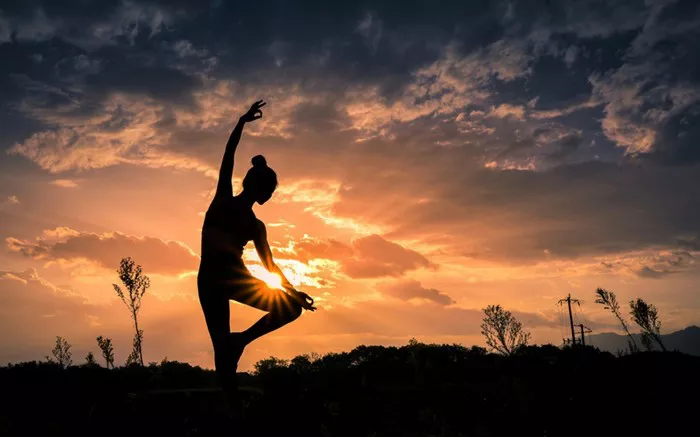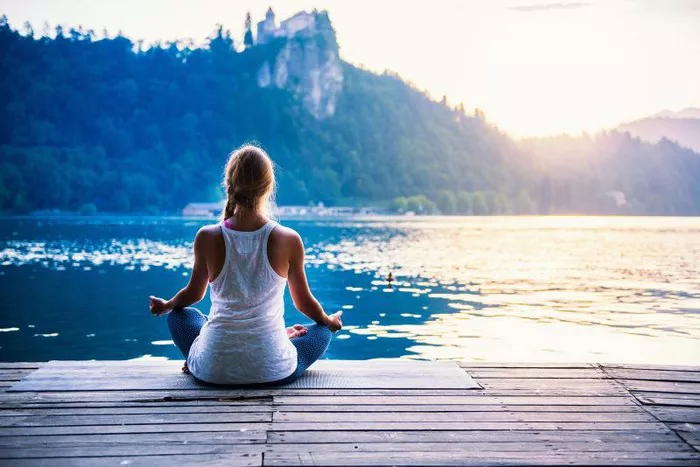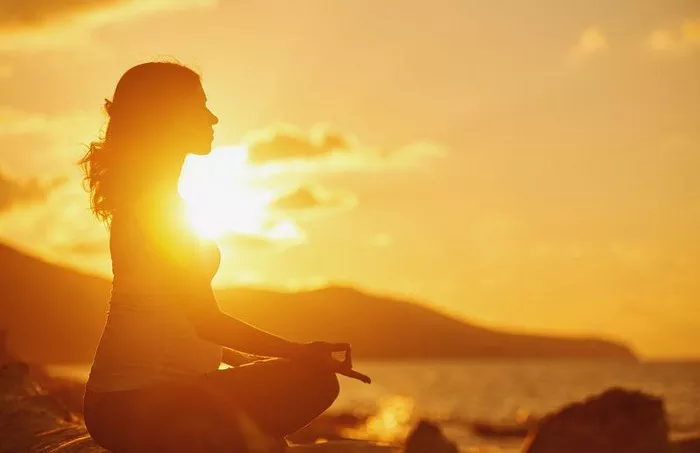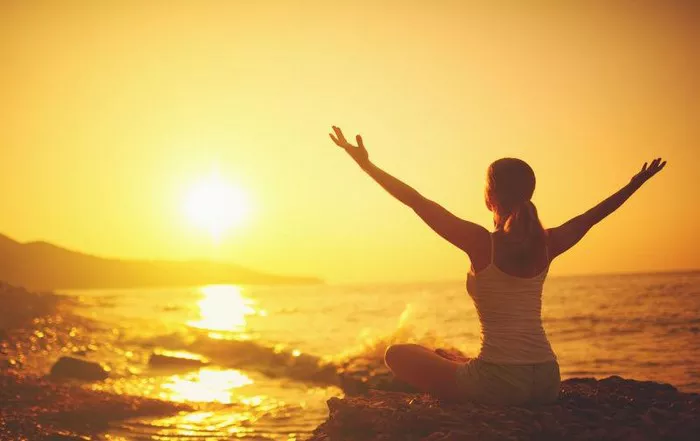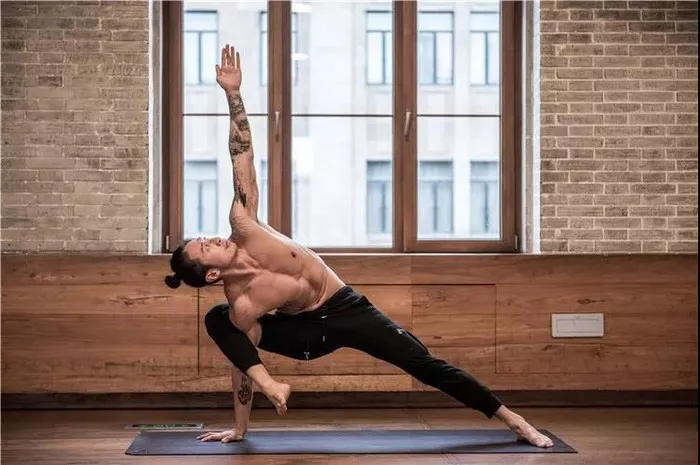Restorative yoga is a gentle and therapeutic style that aims to achieve physical, mental, and emotional relaxation. It involves a series of poses held for an extended period, typically ranging from 5 to 20 minutes, allowing the body to release tension and the mind to quieten. The primary objective of restorative yoga is to activate the parasympathetic nervous system, often referred to as the body’s “rest and digest” mode, counteracting the stress-induced fight-or-flight response.
The use of props in restorative yoga, such as blankets, blocks, and bolsters, assists in providing support and comfort during prolonged poses. Among these props, the bolster stands out as a versatile tool that enhances the benefits of restorative poses.
The Role of Bolsters in Restorative Yoga
Bolsters are cylindrical or rectangular cushions designed to provide support and comfort in various yoga poses. In restorative yoga, bolsters are particularly valuable for creating a sense of stability, allowing practitioners to fully surrender into each pose without strain. The use of bolsters helps alleviate tension in the muscles, promote gentle stretching, and facilitate the opening of the chest and heart.
The firm yet yielding nature of bolsters makes them ideal for supporting the body’s natural curves, promoting proper alignment, and reducing the risk of injury. The added elevation provided by bolsters in certain poses also encourages relaxation by allowing gravity to assist in the release of tension.
Benefits of Restorative Poses with Bolster
Stress Reduction: Restorative poses with a bolster promote relaxation and stress reduction by activating the parasympathetic nervous system. This leads to a decrease in the production of stress hormones, fostering a calm and peaceful state of mind.
1. Improved Flexibility: The gentle stretching facilitated by bolsters in restorative poses helps improve flexibility over time. As the body relaxes into each pose, the muscles gradually release tension, allowing for increased range of motion.
2. Enhanced Circulation: Restorative poses often involve gentle inversions and twists, which can enhance blood circulation. The strategic use of bolsters supports these poses, encouraging the flow of oxygenated blood to various parts of the body.
3. Deep Relaxation and Better Sleep: The extended duration of restorative poses, coupled with the support of bolsters, induces a state of deep relaxation. This heightened relaxation response positively influences sleep patterns, promoting better quality sleep for practitioners.
4. Mind-Body Connection: The combination of breath awareness and mindful movement in restorative poses fosters a strong mind-body connection. Bolsters aid in maintaining comfort and ease, allowing practitioners to focus on the present moment and cultivate mindfulness.
5. Therapeutic for Chronic Conditions: Restorative yoga, when practiced with bolsters, can be therapeutic for individuals with chronic conditions such as back pain, arthritis, and anxiety. The gentle nature of the poses minimizes strain on the body, making it accessible to a wide range of individuals.
Key Restorative Poses with Bolster
Supported Child’s Pose (Balasana):
Begin in a kneeling position with toes together and knees apart.
Place a bolster lengthwise between the thighs.
Extend the arms forward and rest the forehead on the bolster.
Hold the pose for 5-10 minutes, focusing on deep and steady breaths.
Reclining Bound Angle Pose (Supta Baddha Konasana):
Sit with the soles of your feet together, knees bent to the sides.
Place a bolster behind your back, perpendicular to your spine.
Slowly recline onto the bolster, supporting your head and chest.
Allow the knees to open outward, holding the pose for 10-15 minutes.
Supported Bridge Pose (Setu Bandhasana):
Lie on your back with knees bent and feet hip-width apart.
Slide a bolster under your hips, supporting the lower back.
Relax your arms by your sides with palms facing up.
Hold the pose for 10-15 minutes, focusing on the gentle lift of the pelvis.
Legs Up the Wall Pose (Viparita Karani):
Sit with one side of your body against a wall.
Swing your legs up onto the wall while lying on your back.
Place a bolster under your hips for support.
Extend your arms to the sides or rest them on your belly.
Hold the pose for 10-20 minutes, enjoying the benefits of inversion.
Supported Corpse Pose (Savasana):
Lie on your back with legs extended and arms by your sides.
Place a bolster under your knees for support.
Allow the body to relax completely, focusing on deep, rhythmic breathing.
Hold the pose for at least 10 minutes, embracing a sense of surrender.
Tips for Practicing Restorative Poses with Bolster
1. Breath Awareness: Throughout each pose, maintain awareness of your breath. Deep, slow breaths enhance the relaxation response and contribute to a more profound sense of calm.
2. Proper Alignment: Pay attention to your body’s alignment in each pose. The bolster should provide support without causing discomfort. Adjust the position of the bolster as needed to ensure proper alignment.
3. Use of Props: Experiment with the placement of additional props, such as blankets or blocks, to enhance comfort and support. Customizing your setup can optimize the benefits of each pose.
4. Duration of Poses: While restorative poses are typically held for an extended period, listen to your body and modify the duration based on your comfort level. Gradually increase the duration as your practice progresses.
5. Quiet Environment: Practice in a quiet and serene environment to enhance the restorative aspect of the poses. Consider using soothing music or guided meditation to deepen the relaxation experience.
6. Consistency: Incorporate restorative poses with bolsters into your routine consistently. Regular practice yields cumulative benefits, promoting overall physical and mental well-being.
Conclusion
Restorative poses with bolsters offer a sanctuary for rejuvenation and healing in our often hectic lives. By incorporating these gentle yet powerful practices into your routine, you can experience a profound sense of relaxation, improved flexibility, and a heightened mind-body connection. The bolster serves as a steadfast companion, providing the support necessary for your body to release tension and embrace the therapeutic benefits of restorative yoga. As you embark on this journey of self-care, remember that the key to a fulfilling practice lies in the union of breath, mindful movement, and the comforting embrace of the bolster.

